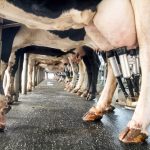U.S. federal and state agencies are planning research into potential respiratory spread of bird flu among dairy cattle, according to a Reuters interview with Michigan state agriculture and public health officials.

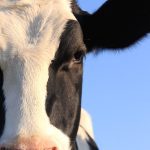


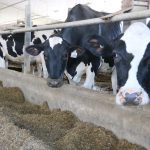
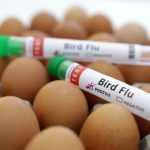

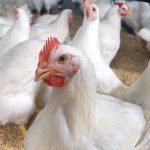
Two vaccines have proved effective in in research but haven't been tried on-farm

